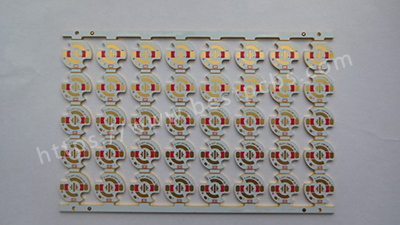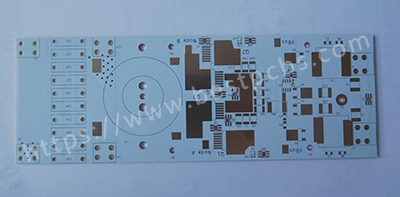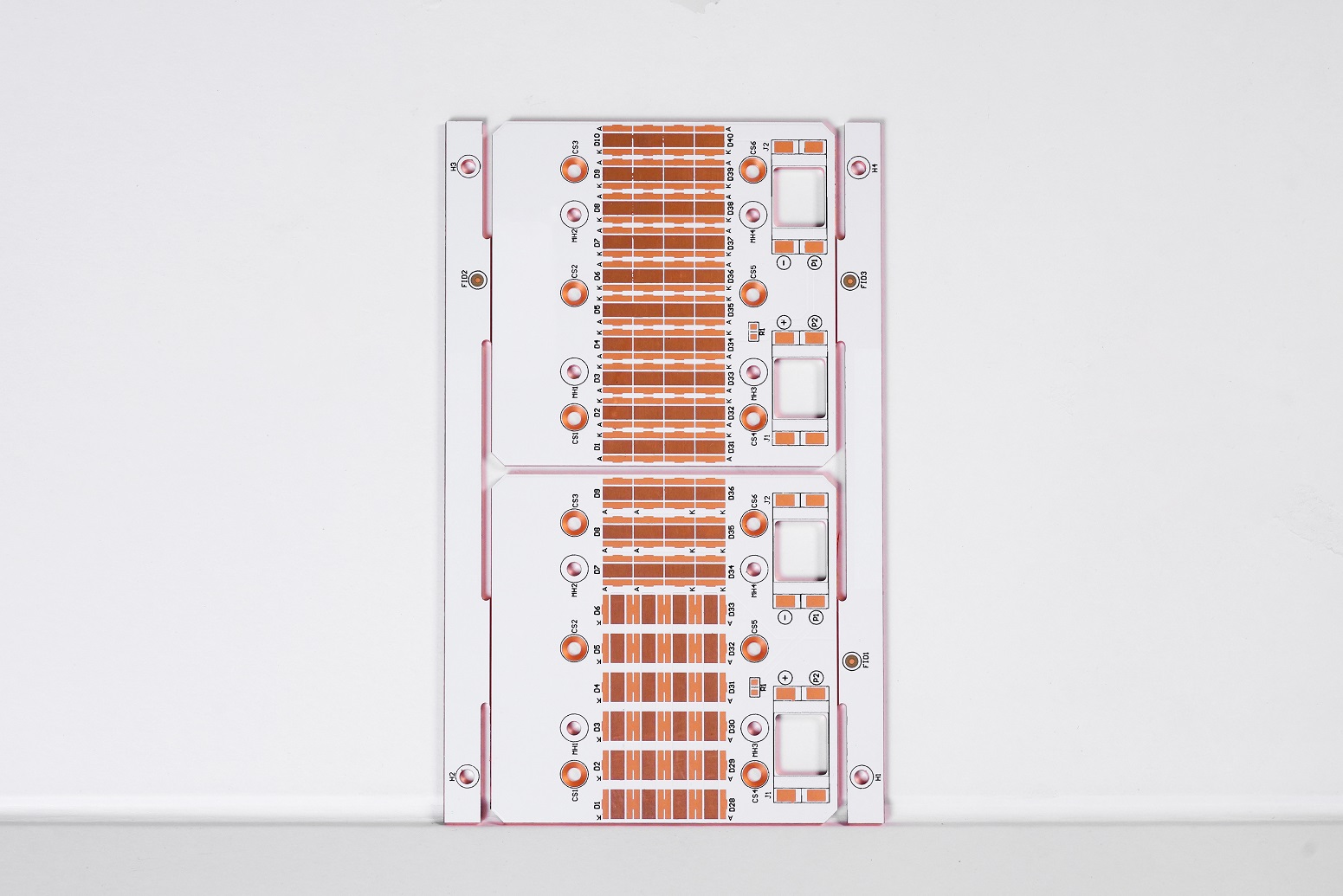For LED packaging, the cooling performance of the substrate will directly affect the relevant performance of the LED. Due to the low thermal conductivity of the insulation layer, the overall thermal conductivity is generally only 2~5W / (m K), which often causes high working temperature, stability and life decline of LED. Therefore, it is necessary to know the advantages of sinkpad copper substrate.
- From the perspective of substrate, the application advantages of copper substrate in heat dissipation.
The copper substrate is used in the field of heat dissipation, mainly because the sinkpad copper substrate has the following advantages: high density, strong heat dissipation ability, the circuit part and the contact part of the products to achieve zero thermal resistance, can effectively extend the life of the products. Large power, strong thermal bearing capacity of copper substrate, according to the actual work requirements of tin spray, gold precipitation, silver plating and other effective treatment, to ensure the effectiveness of the surface treatment.
- From the perspective of production process, the application advantages of thermal power separation copper substrate in module thermal resistance and chip temperature compared with ordinary copper substrate.
Different LED models and modules cause different thermoelectric effects. When using the common copper substrate, the junction temperature of LED chip is 72.41 ℃. However, when using the sink-pad copper substrate link, the detection shows that: the junction temperature of LED chip is 48.72 ℃. When using the common copper substrate, the thermal resistance of the module is 4.24 ℃ /W. However, after the use of sink-pad copper substrate, the overall thermal resistance of the module was detected to be 2.13 ℃ /W. Due to the different material properties, the thermal resistance of the module thermometer at the bottom of the substrate was different.
- From the perspective of heat dissipation theory, for the ordinary copper substrate, the diffusion path of the heat flow is the line layer (copper foil) → thermal conductivity insulation layer copper base. The interface between metal and insulation has high thermal resistance and low thermal conductivity. In the sinkpad copper substrate, the convex platform and the base are actually a whole, and most of the heat will choose to spread through the metal, and only a small amount of heat is transmitted through the interface between the metal and the insulating layer, which greatly improves the thermal conductivity of the substrate.
According to the heat dissipation theory of LED, reducing the junction temperature of LED beads can effectively improve the light output efficiency of LED, enhance the performance stability of LED, and greatly extend the service life of LED module.
Therefore, in LED products application, the choice of thermal separated copper substrate is the best choice.








